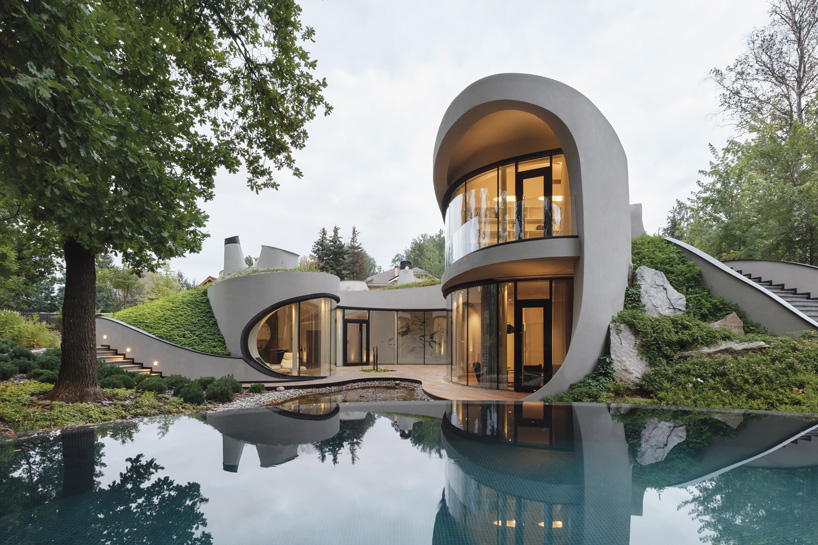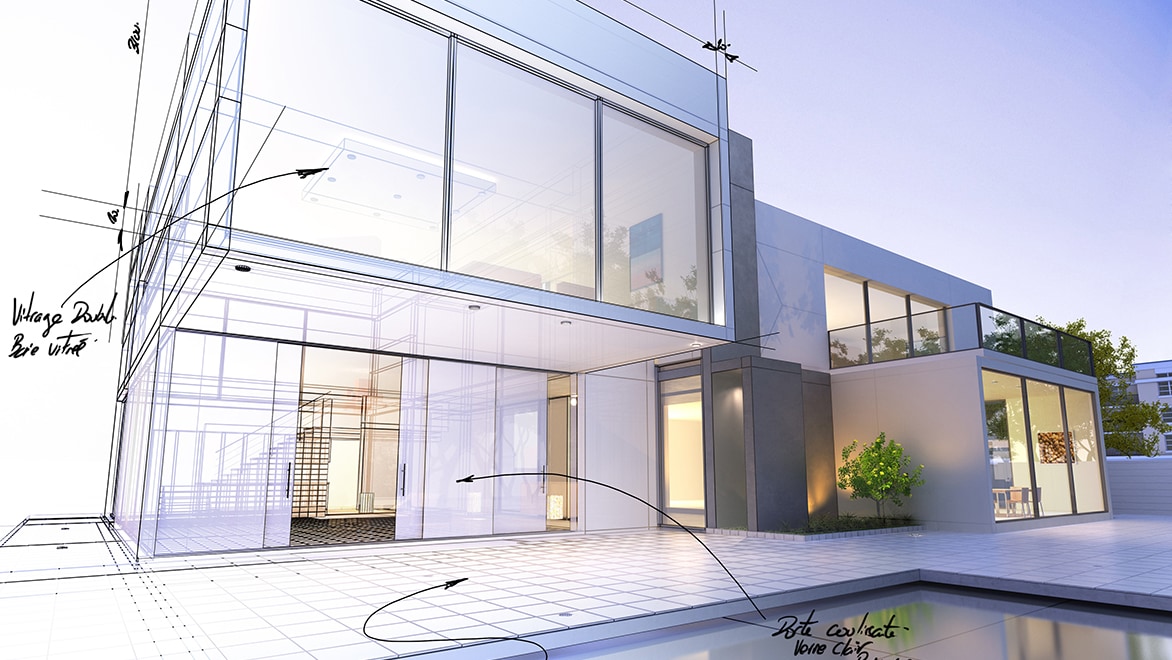Changing Areas: The Vision of CDA Architects for Modern Living
Changing Areas: The Vision of CDA Architects for Modern Living
Blog Article
The Influence of Technological Developments on the Layout Practices of Contemporary Architects
The rapid development of technological devices has actually significantly reshaped the layout landscape for contemporary architects, promoting unmatched degrees of technology and sustainability. Discovering these characteristics discloses a nuanced interaction in between technology and traditional design methodologies, prompting a closer evaluation of what the future holds for architectural practices.
Evolution of Architectural Tools
How have building devices changed the style and building processes over the centuries? The development of architectural tools has actually dramatically influenced the performance, accuracy, and creativity of design and construction. In old times, designers depend on simple instruments such as plumb bobs, measuring poles, and fundamental geometry to produce structures. These devices laid the structure for early building practice, enabling the construction of famous structures, albeit with restrictions in precision and complexity.
With the introduction of the Renaissance, the intro of the compass and the protractor marked a crucial shift. These devices allowed architects to accomplish greater precision in their designs, promoting the development of even more elaborate and proportional buildings (cda architects). The Industrial Change even more changed architectural technique with the introduction of mechanized devices and materials, enabling bigger and much more enthusiastic projects
In the 20th century, the advancement of computer-aided layout (CAD) software changed the landscape once more, offering engineers with unprecedented abilities in modeling and visualization. Today, progressed tools such as Building Info Modeling (BIM) and parametric layout software continue to press the limits of building technology, enabling a much more incorporated strategy to design and building procedures.

Improved Cooperation in Layout
As modern technology proceeds to develop, boosted partnership in design has actually become a keystone of contemporary building method. The integration of digital devices such as Building Details Modeling (BIM), cloud-based platforms, and progressed visualization software application has actually transformed the means architects, designers, and stakeholders communicate throughout the layout process. These devices facilitate real-time communication, permitting teams to share concepts, modifications, and comments instantly, no matter geographical location.
Additionally, digital reality (VIRTUAL REALITY) and augmented truth (AR) have more enriched collaborative efforts by making it possible for immersive experiences that allow clients and group members to imagine tasks in a more appealing way. This degree of interaction not only improves understanding yet also promotes a feeling of possession among stakeholders, resulting in even more enlightened decision-making.
Additionally, interdisciplinary collaboration has been structured via these technological innovations, allowing engineers to work much more very closely with various other experts, such as metropolitan organizers and ecological consultants. The result is a more cohesive technique to make that considers various perspectives and know-how. Inevitably, boosted cooperation in layout is not just a fad; it is essential for creating innovative, useful, and cosmetically pleasing style in a significantly intricate globe.
Sustainability Via Innovation
Sustainability in design has progressively become intertwined with technical technology, driving the sector towards ecologically responsible practices - cda architects. Contemporary engineers are leveraging innovative innovations to lessen environmental impact while enhancing the efficiency of structures. One famous example is using Structure Info Modeling (BIM), which enables precise preparation and source allotment, reducing waste throughout building and promoting power you can try here effectiveness throughout a building's lifecycle
In addition, wise materials and energy-efficient systems are being incorporated right into designs to maximize resource usage. Technologies such as solar batteries and eco-friendly roof harness eco-friendly energy resources, contributing to reduced carbon impacts. Additionally, the application of fabricated intelligence in layout processes enables designers to simulate and examine energy usage, guiding choices toward more lasting results.
The assimilation of sustainable modern technologies not only lines up with global environmental objectives however additionally meets a raising demand from customers for eco-friendly options. As architects accept these technologies, the focus moves in the direction of creating areas that are not Check Out Your URL just aesthetically pleasing however additionally functionally sustainable, thus redefining the criteria of modern architecture. By doing this, modern technology functions as a driver for sustainability, making it possible for architects to create structures that regard and enhance the native environment.
Difficulties in Execution
While technological developments in design hold wonderful promise for enhancing sustainability, their application commonly runs into significant challenges. One main challenge is the steep discovering contour related to brand-new technologies. Architects and construction professionals might need considerable training to effectively make use of innovative software and tools, which can postpone task timelines and raise expenses.
In addition, the integration of emerging technologies, such as Building Information Modeling (BIM) and sustainable products, often necessitates cooperation across multidisciplinary groups. This collaboration can be prevented by differences in expertise, operations, and communication designs, resulting in prospective disputes and inefficiencies.
Financial restraints better make complex the adoption of innovative technologies. Lots of building firms, particularly smaller ones, may do not have the sources to spend in cutting-edge devices, restricting their capacity to take on bigger firms that can pay for such financial investments.
Additionally, regulatory frameworks and building ordinance may not equal technological developments, developing ambiguity and prospective conformity problems. This challenge can prevent architects from completely welcoming new technologies, as the danger of non-compliance might surpass the benefits. As a result, dealing with these application obstacles is vital for the successful assimilation of technological improvements in modern architectural techniques.
Future Fads in Design
The obstacles connected with the implementation of new innovations in architecture have actually triggered a reevaluation of future fads within the market. As engineers browse issues such as sustainability, urbanization, and social equity, they are progressively taking on innovative technologies to enhance style performance and environmental performance.
One prominent pattern is the assimilation of synthetic knowledge (AI) in the style procedure. AI devices can assess huge datasets to educate design decisions, enhancing both imagination and performance. In A Similar Way, Structure Details Modeling (BIM) proceeds to evolve, enabling real-time collaboration among stakeholders and helping with streamlined job administration.
Lasting style practices are also gaining momentum, with engineers concentrating on flexible reuse and regenerative style principles that reduce resource intake and waste. The unification of clever products and renewable resource resources will certainly additionally improve the resilience of structures despite environment change.
Additionally, the surge of parametric style permits more tailored and context-sensitive building services. By harnessing these innovations, designers are poised to create developed environments that not just deal with the prompt requirements of society yet likewise anticipate future difficulties, thus redefining the duty of design in an her comment is here ever-changing globe.
Final Thought

Report this page